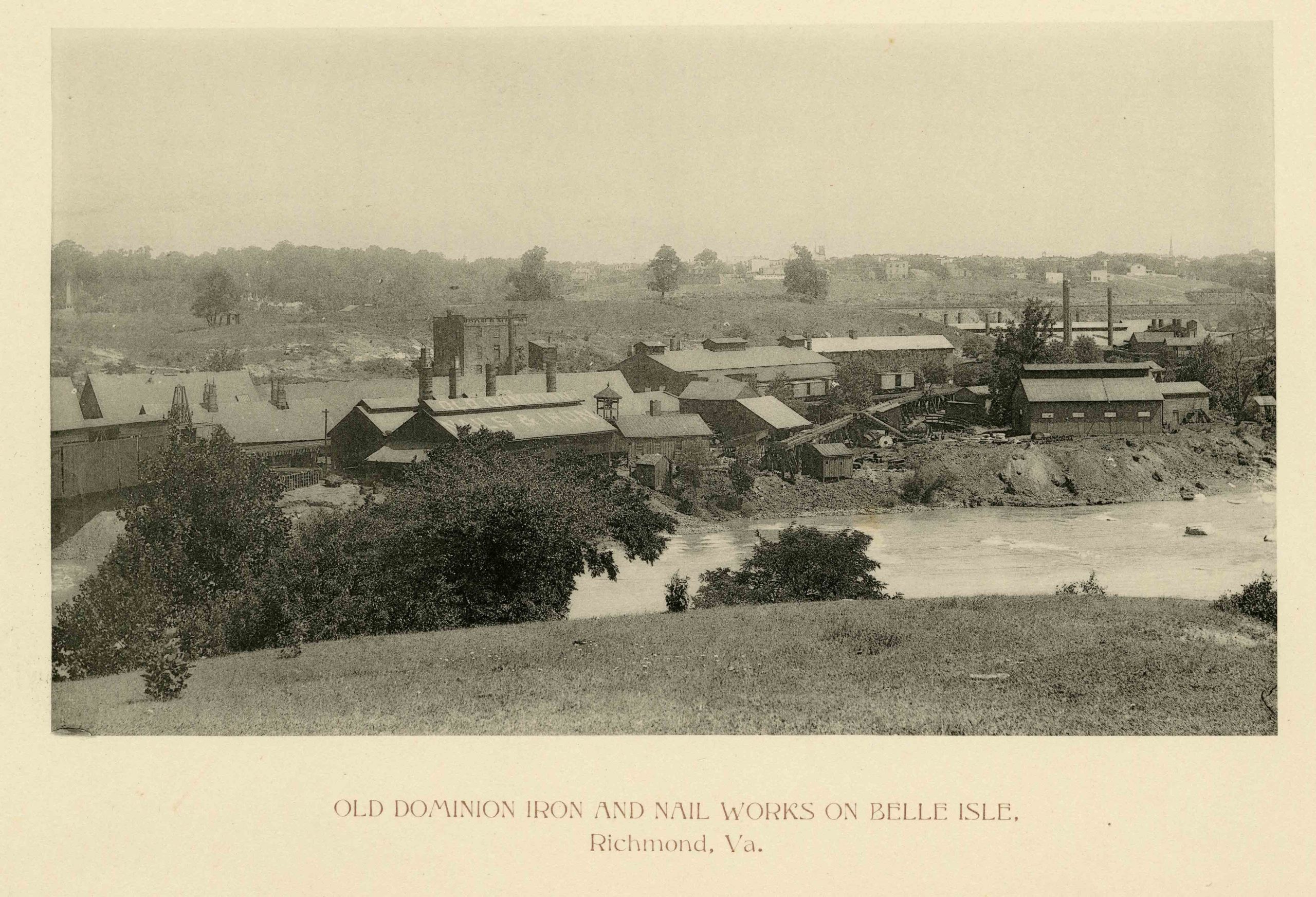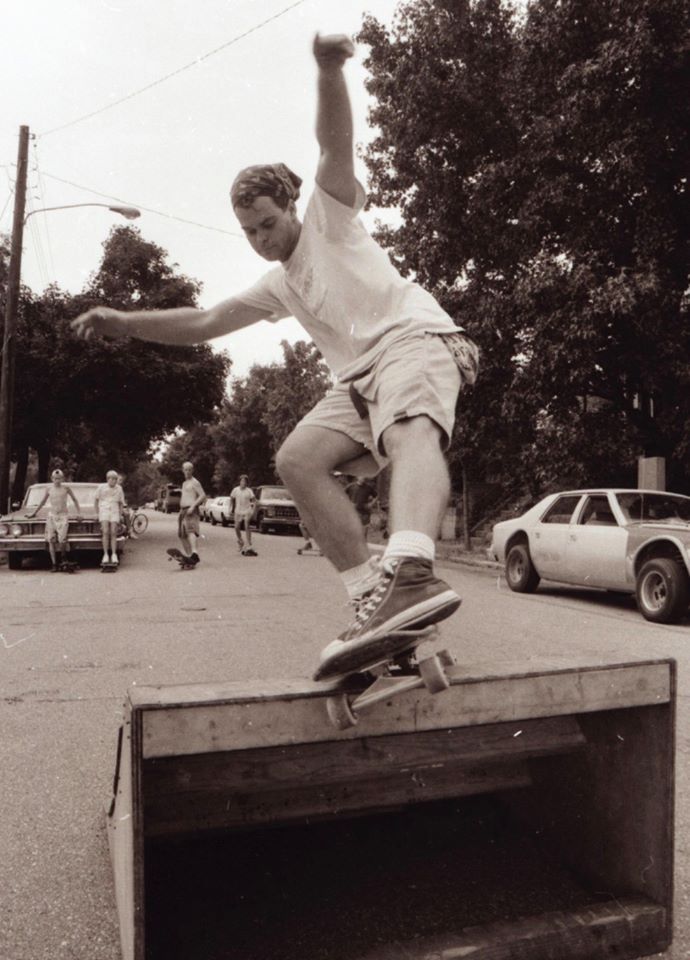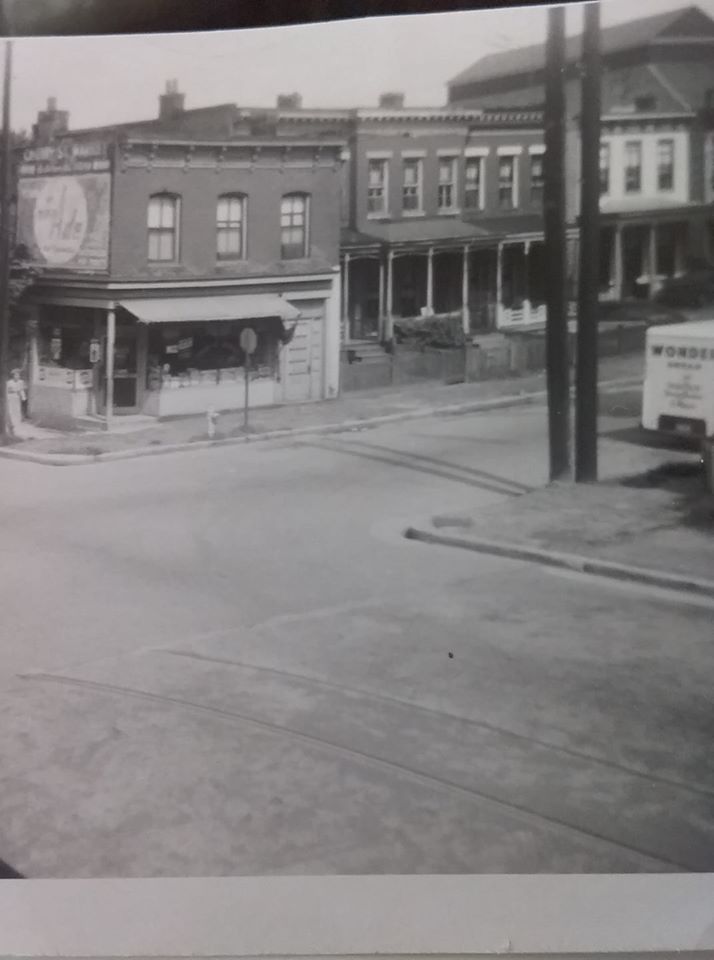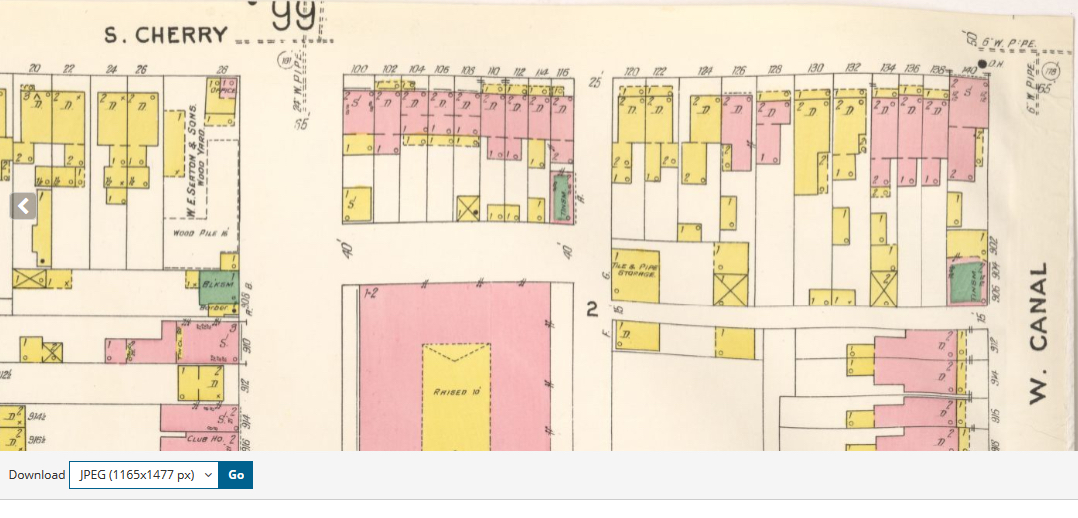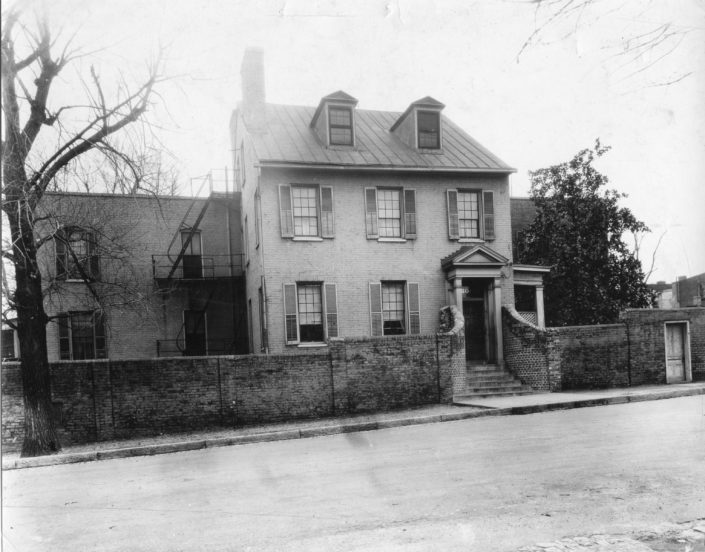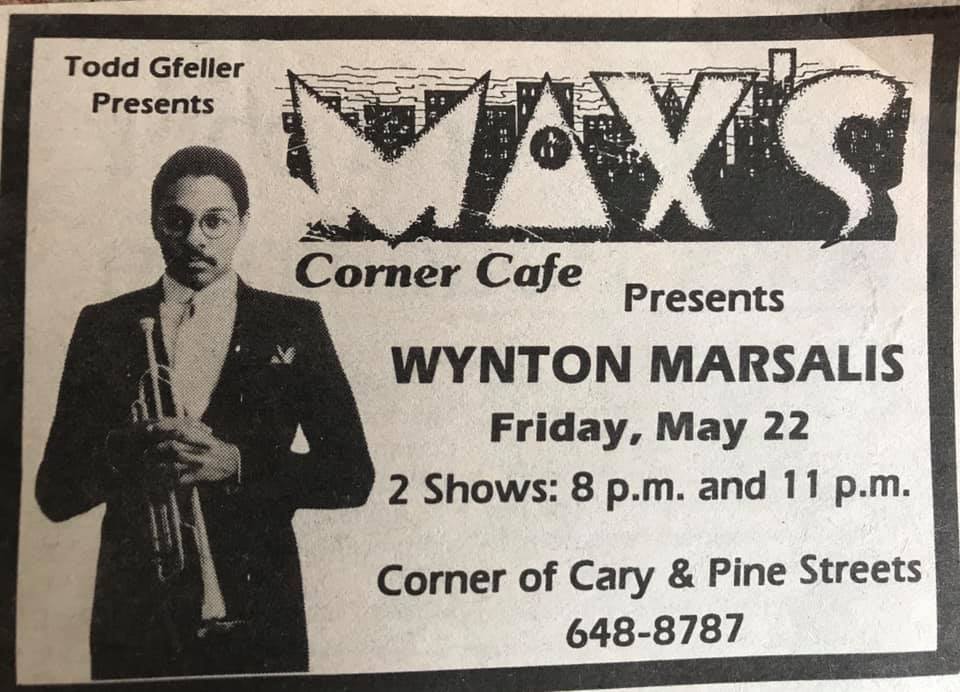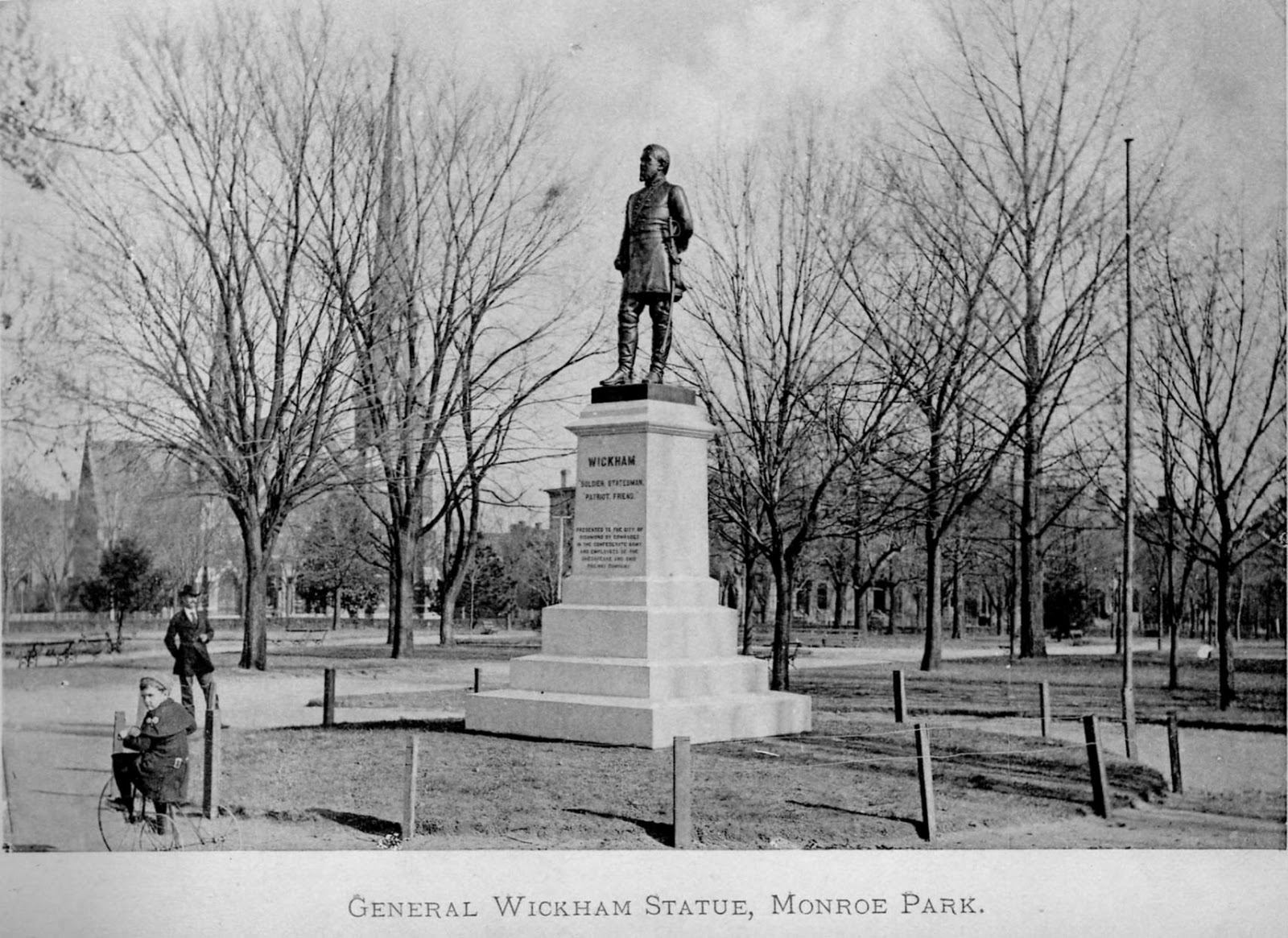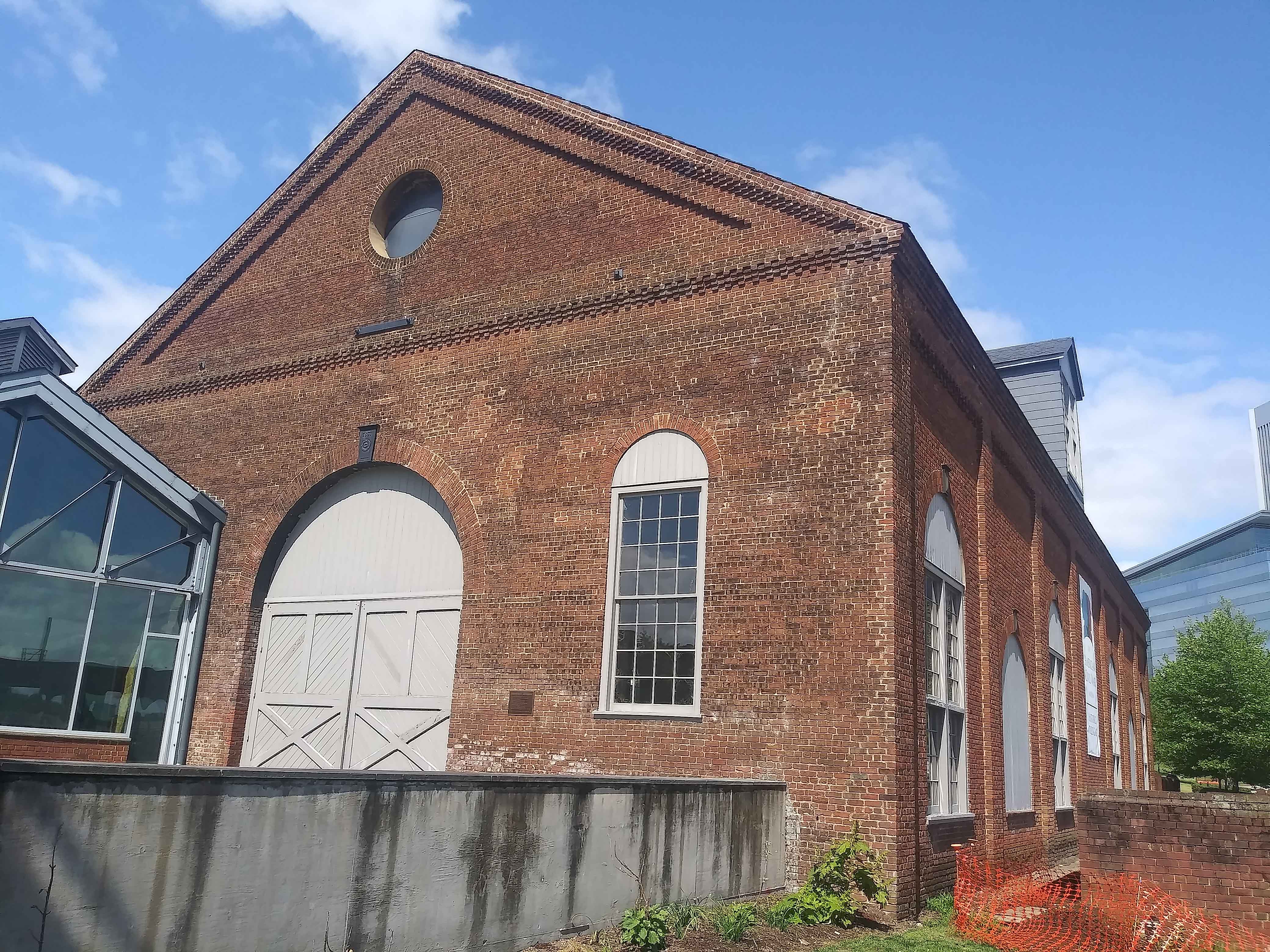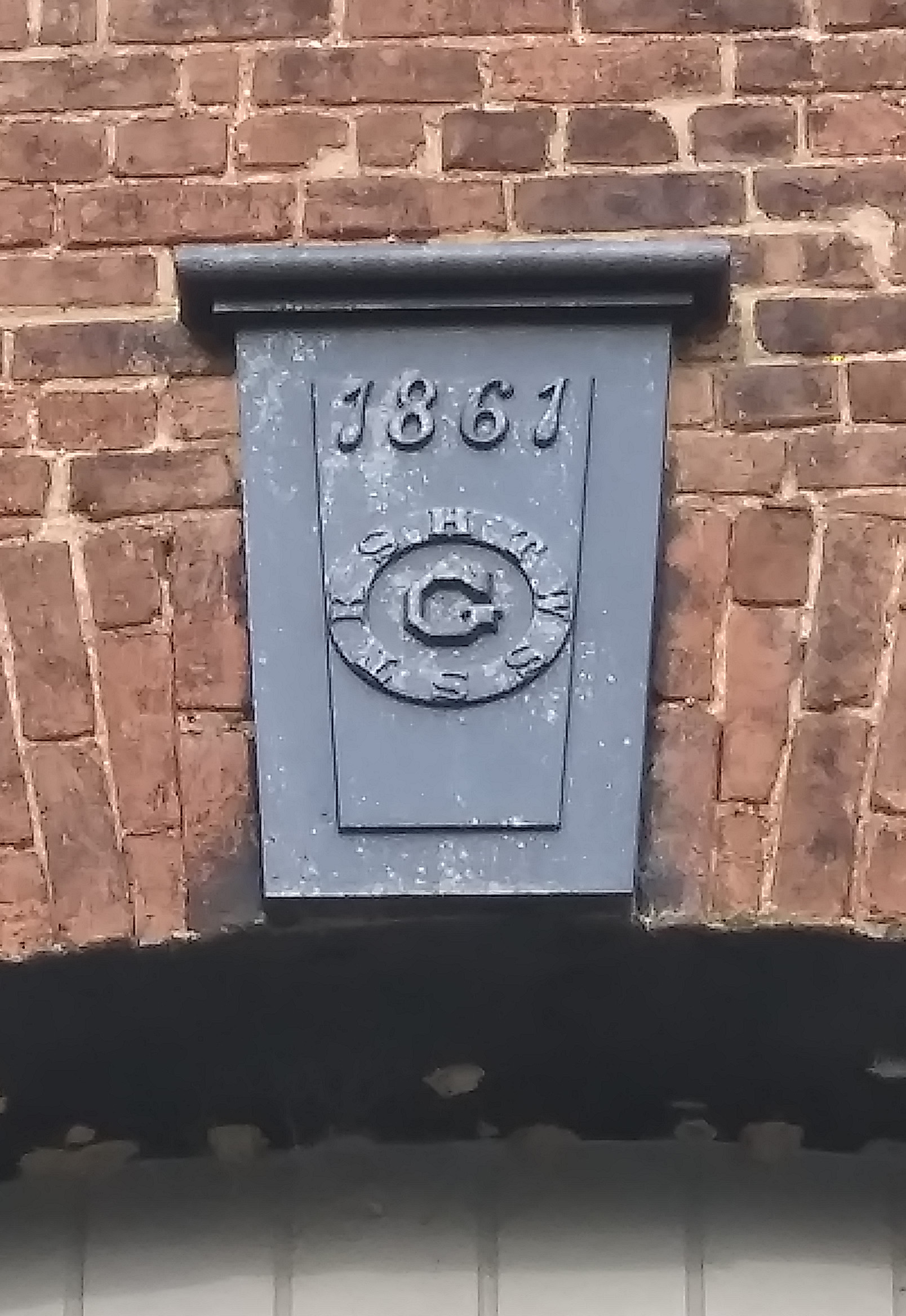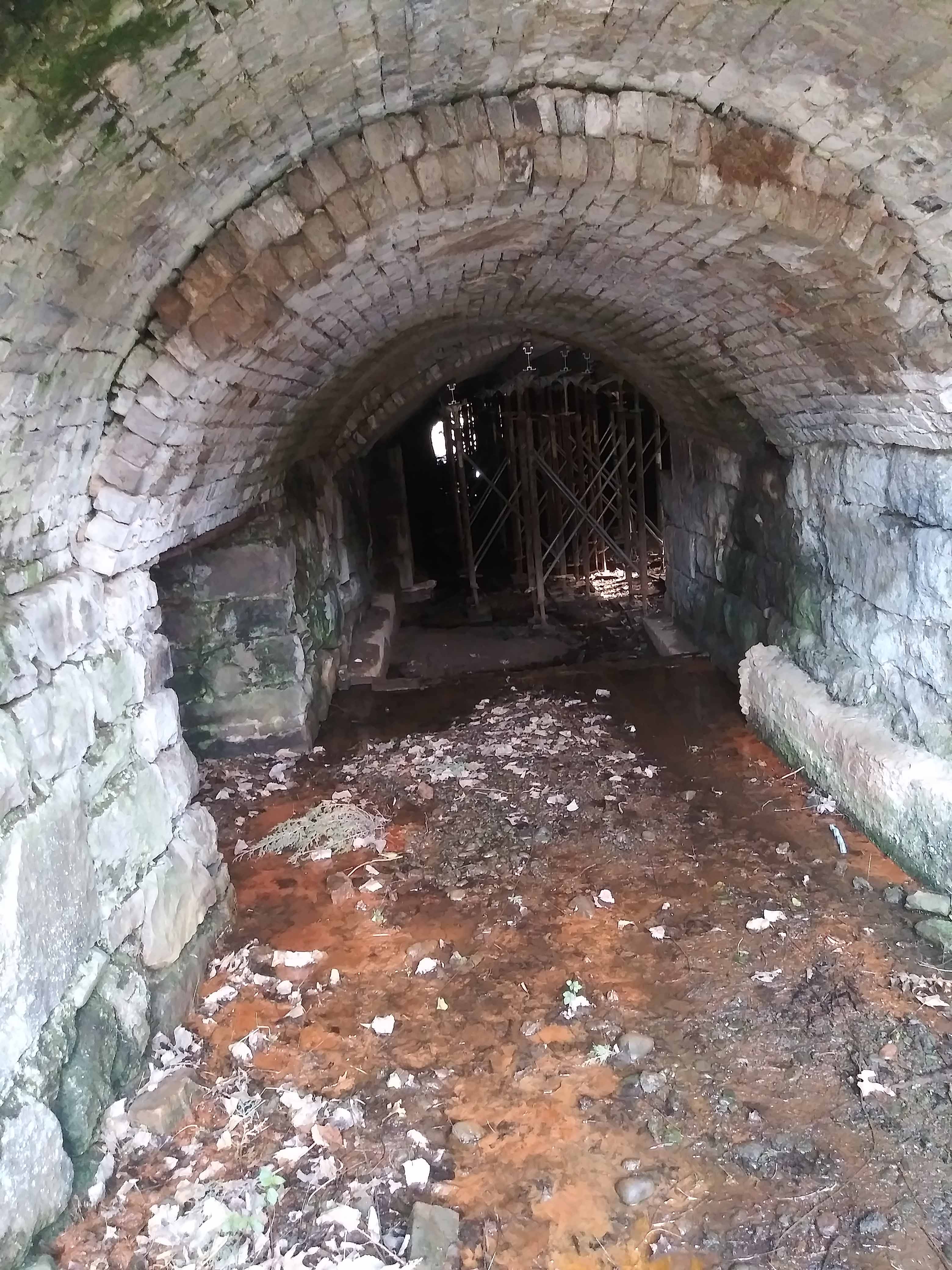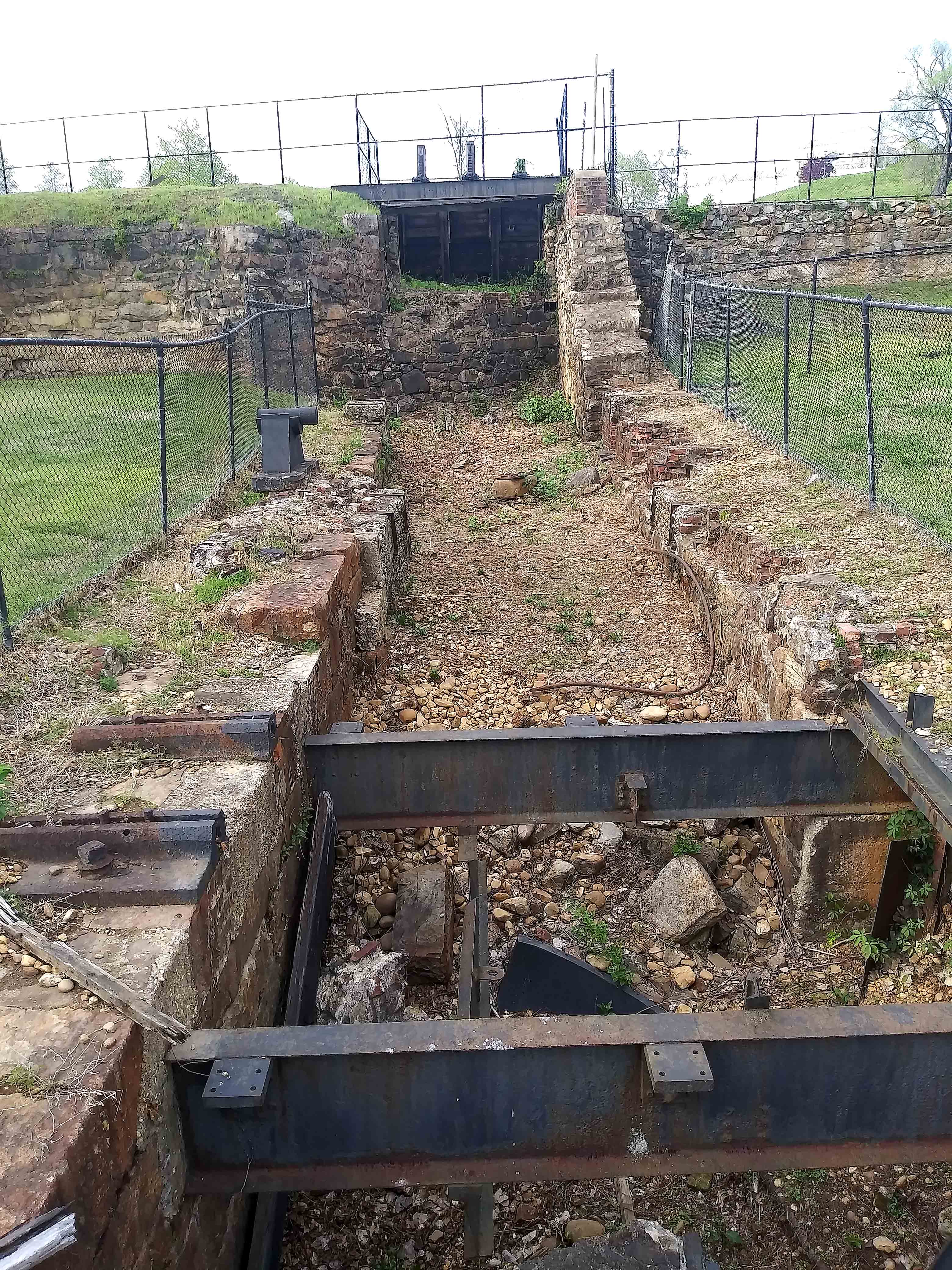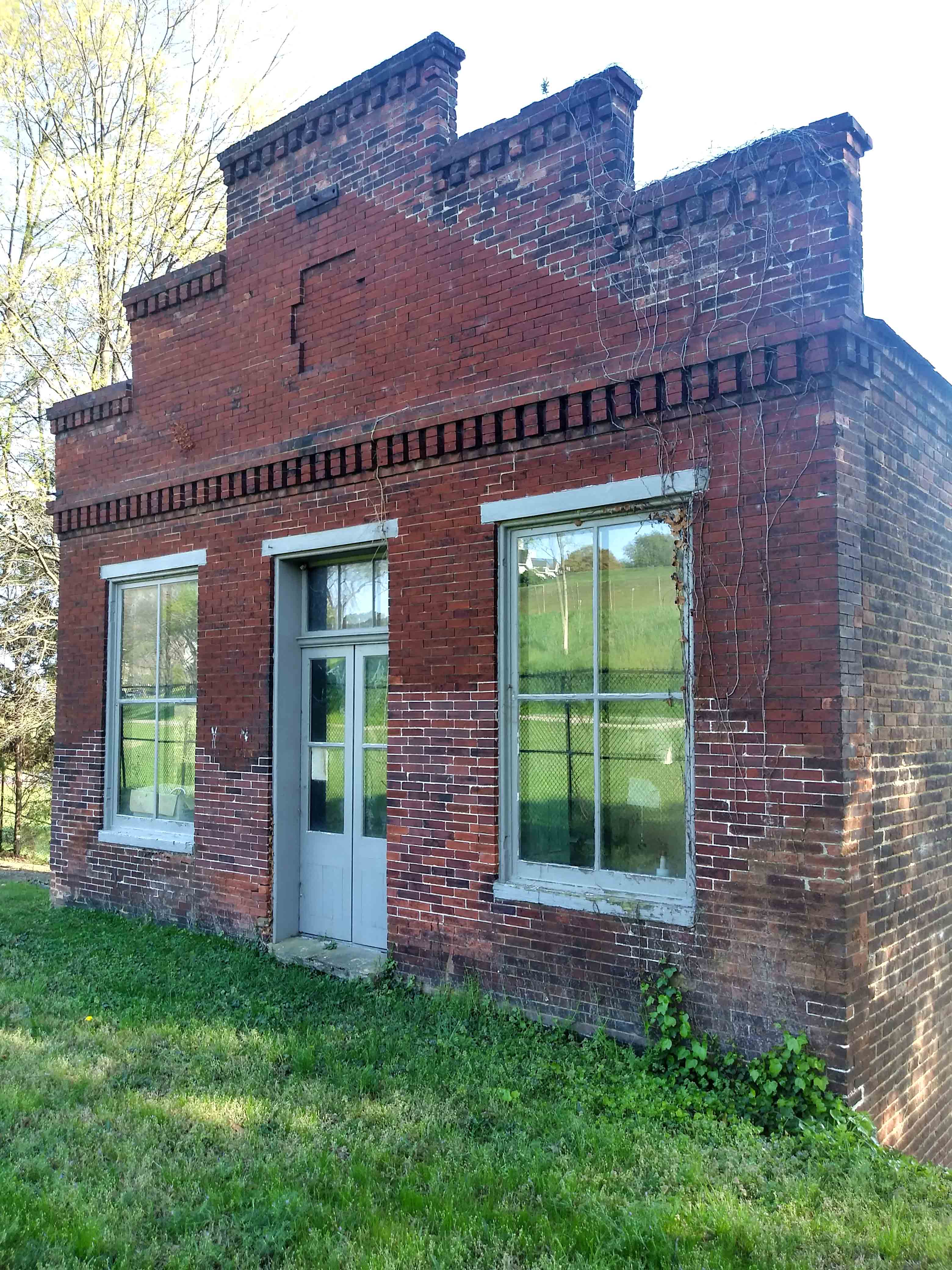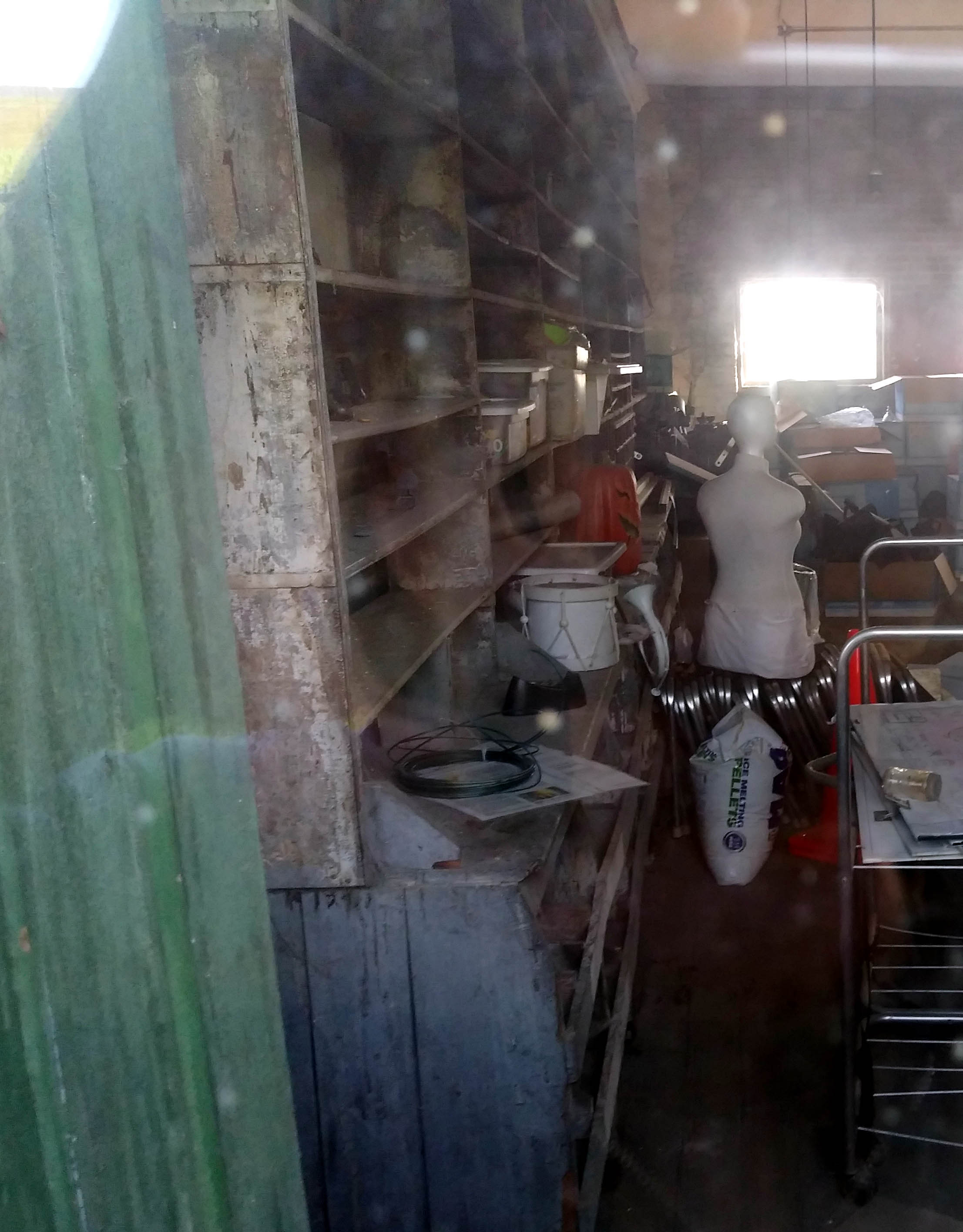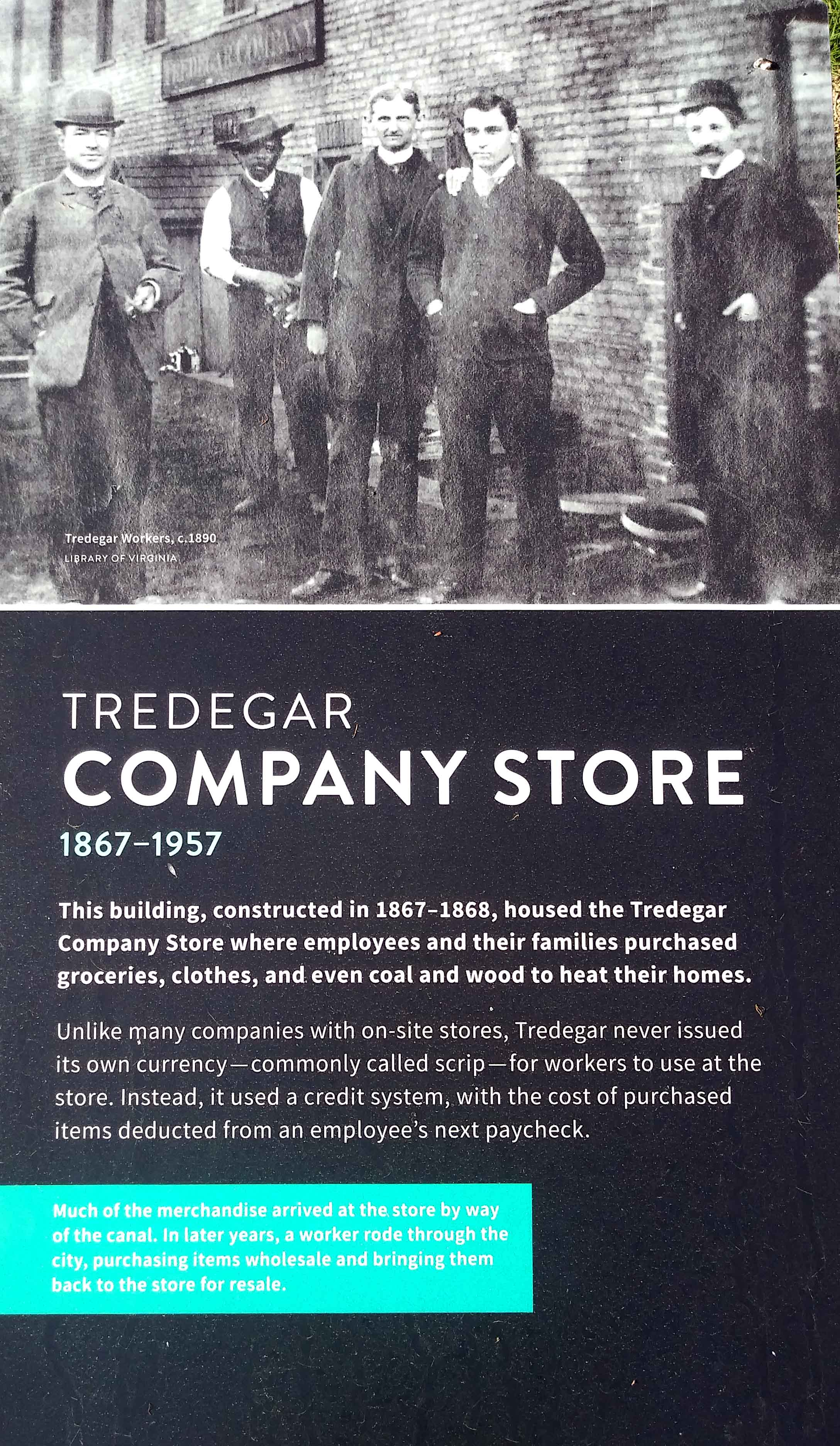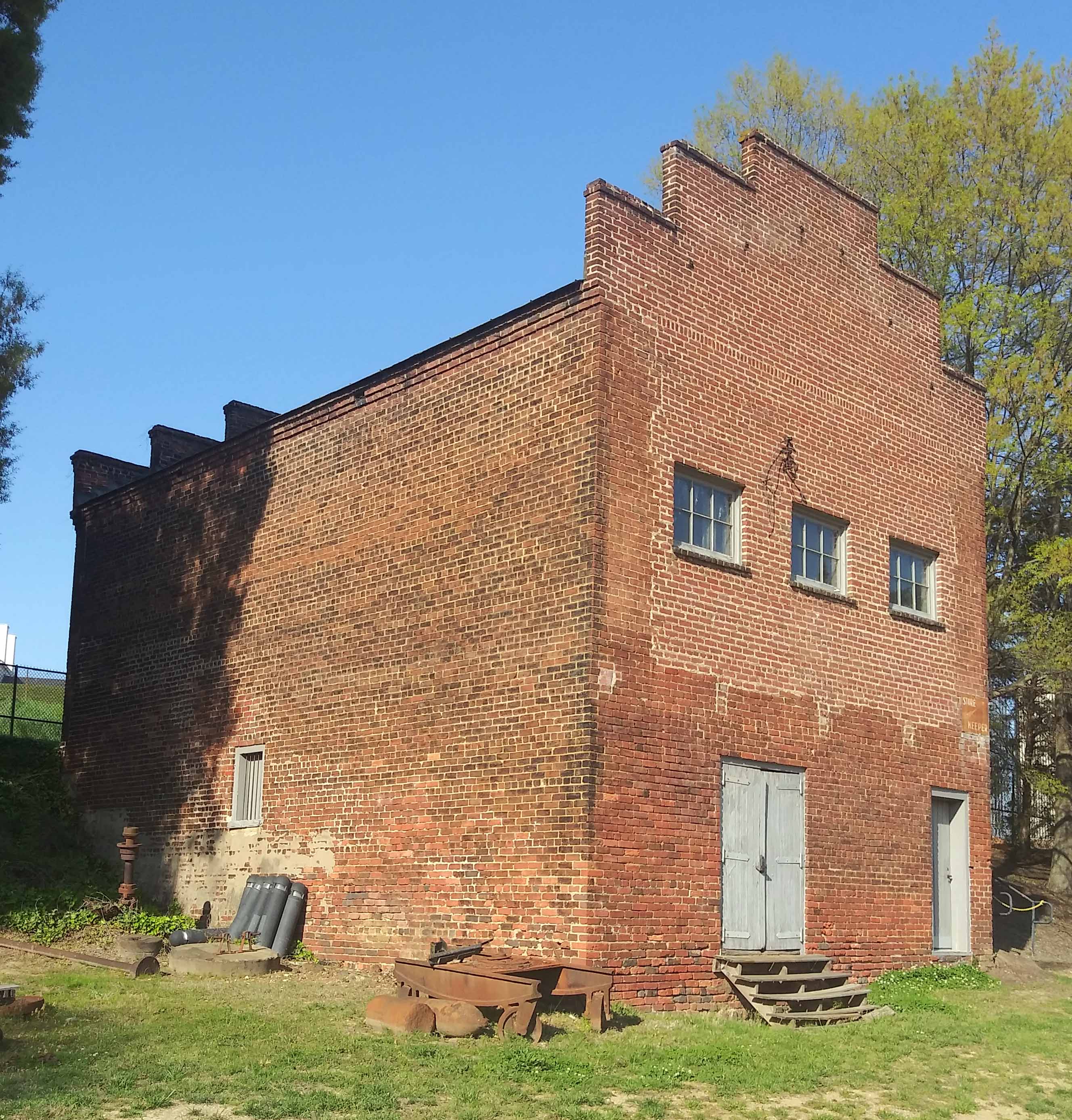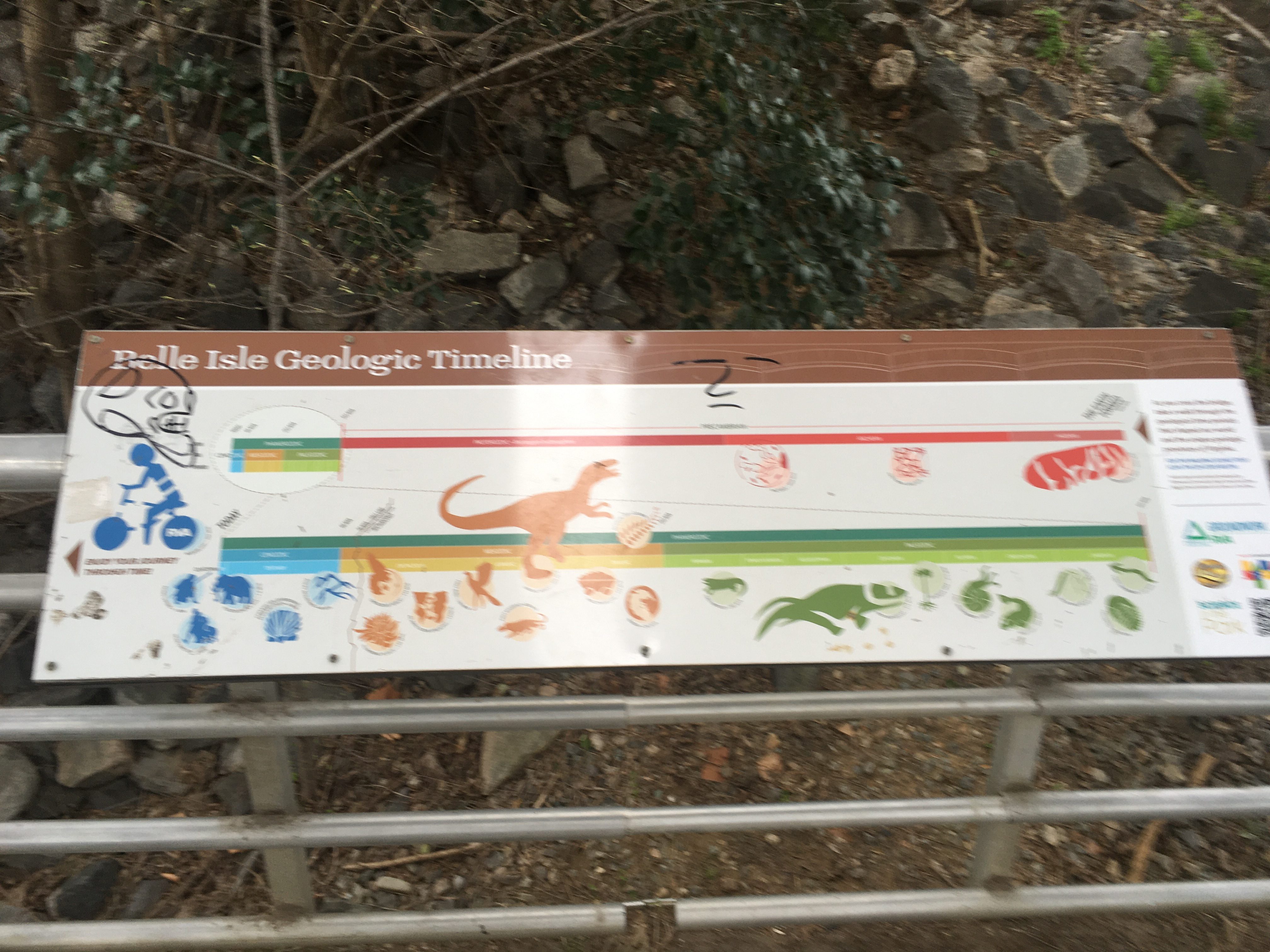Thanks to Tom Elliott who located this 1891 photo of Belle Isle. An enlargement of the background shows Oregon Hill in 1891. Most of the buildings on the 700 blocks of Laurel and Pine were demolished by Ethyl Corporation (now NewMarket). One of the few buildings shown that is still standing is the house now at 810 Riverside Park that was moved from the end of Laurel Street where it is pictured in this photo.
Category Archives: history
Shreddin’ The Ramp
Cherry Street Photo
From this 1905 Sanborn (below) it appears that the business on the corner (that comes out to the curb) was at the corner of Canal (now Cumberland) and Cherry! So this is actually a photo of the west side of the 100 block of Cherry. The frame house that still stands on the west side of the 100 block of Cherry (once occupied by the Jenkins family) is the white frame house on the right hand side of the photo. The City Auditorium (now VCU recreational center) is in the background.
Many older residents remember when VCU demolished the three fine brick buildings shown in the photo to the left (south) of the Jenkins House. (The corner store had already been demolished but VCU demolished the neat carriage house show on the map behind the corner store.)
‘Moral Quarantine’ At The Parsons House
Here’s an excerpt:
In the early 19th century, Magdalen Societies began to appear in cities all over America, the first being founded in Philadelphia in 1800. These charities sought out “fallen women,” like sex workers, to rehabilitate into moral rectitude. Magdalen members believed that once these women were quarantined from the people and associations of their sinful lives, they could be reformed. This moral quarantine came in the form of housing, meals and a strict schedule, which often included prayer and training in handicrafts. In 1874, the Magdalen Association of Richmond opened such a home on Spring Street, in Oregon Hill, in the 1819 Parsons House. Their stated mission was to provide “shelter and reformation for fallen women.” Within ten years, the mission of the home had narrowed somewhat, as a refuge for unwed mothers.
Speaking of the Valentine, it recently joined other local cultural institutions in a joint press release that clarifies their commitment to staying safe during the pandemic…face masks and social distancing still in effect!
“As our Commonwealth enters into Phase 2 and our city prepares to, we want to assure all attendees that we are committed to providing everyone with safe, secure, and supportive access to our facilities. In the midst of a pandemic and a region-wide reassessment of our fraught racial history, we believe our cultural resources play an important role during these uncertain times. While we anticipate most sites will open in some capacity by early July, we will continue to use these shared principles and the facts on the ground to ensure the best experience for our visitors.”
A Trumpet Blast From The Past
Music writer John Wirt remembers:
A big crowd showed up. Wynton’s father, Ellis, was teaching jazz at VCU then. The show included a drumming performance by Wynton’s younger brother, Jason. Ellis Marsalis died earlier this year in New Orleans from the coronavirus.
Wickham Statue Pulled Down In Monroe Park
Tredegar keystone
Laurel Street neighbor Charles Pool continues to document Tredegar.
Many Oregon Hill residents entered through the large door to work in the huge Tredegar foundry. Over the door is a keystone plaque with the date 1861 and the letters “HTWSSTKS.”
Some might wonder if these letters were initials of the Tredegar founders or workers. In fact, the plaque is a Masonic symbol, and the letters stand for “Hiram, Tyrian, Widow’s Son, Sent to King Solomon.” According to historian Tui Snider, Hiram was chief architect for the Temple of King Solomon. When bad guys tried to squeeze the secret masonic passwords out of Hiram, he valiantly refused to tell them. As a result, the bad guys killed poor Hiram. In Masonic teachings, Hiram’s story is held up as an example of Masonic loyalty.
The G at the center of the plaque may stand for God.
The Tredegar raceway
It is tragic that the James River and Kanawha Canal was recently backfilled beside the Tredegar Iron Works. The water from the canal provided all of the power for the Tredegar Iron Works. The underground raceway for the water remains on the site.
The Tredegar Store
There were many residents of Oregon Hill who worked at the Tredegar Iron Works. Beside the canal, the Tredegar company store, built just after the Civil War, survives where many Oregon Hill residents doubtless shopped for many of their household needs. Some of the shelves that held the goods are still visible inside the building. According to the interpretive plaque, Tredegar did not provide script like some companies, instead workers who shopped at the store had the bill deducted from their wages.
Belle Island Perspective
If you want more perspective and history, click here for an online lesson on James River geology.

